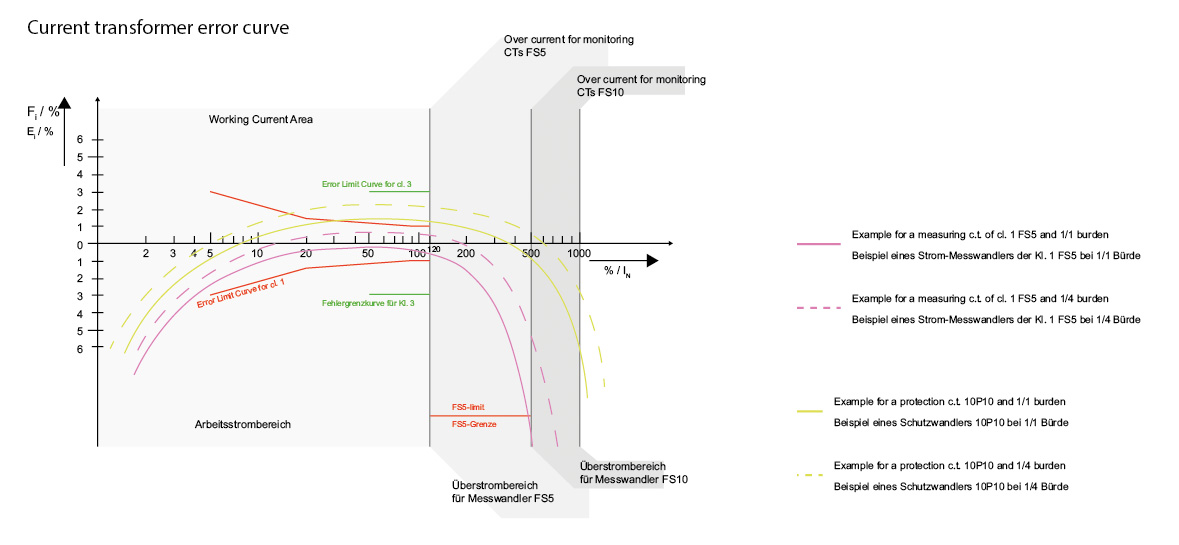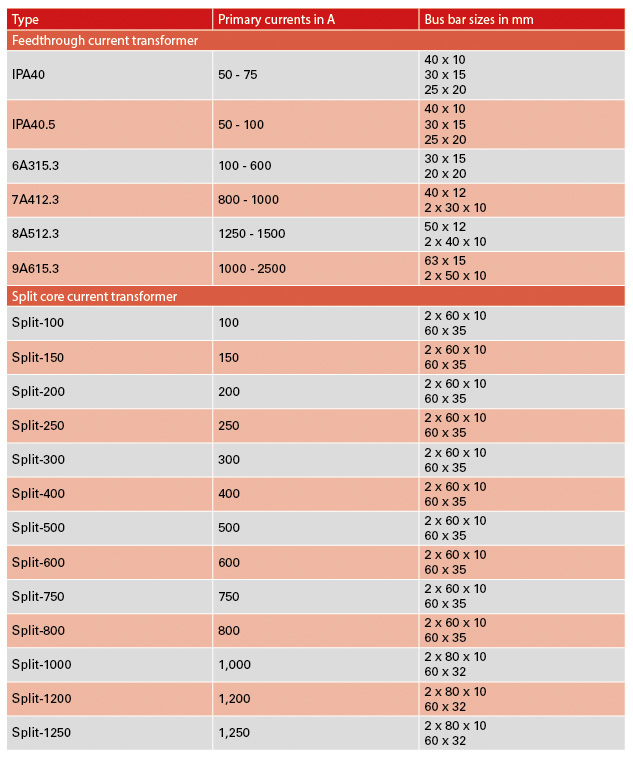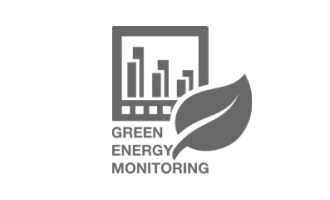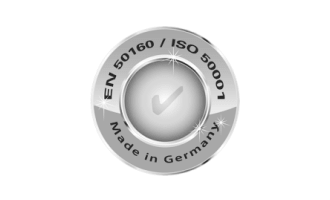-
Rated power
The rated power of the current transformer is the product of the rated load and the square of the secondary rated current and is quoted in VA. Standardised values are 2.5 – 5 – 10 – 15 – 30 VA. It is also permissible to select values over 30 VA according to the application case.The rated power describes the capacity of a current transformer to "drive" the secondary current within the error limits through a load.
When selecting the appropriate power it is necessary to take into consideration the following parameters: Measuring device power consumption (with connection in series), line length, line cross-section.The longer the line length and the smaller the line cross-section, the higher the losses through the supply, i.e. the nominal power of the CT must be selected such that this is sufficiently high.
The power consumption should lie close to the transformer's rated power. If the power consumption is very low (underloading) then the overcurrent factor will increase and the measuring devices will be insufficiently protected in the event of a short circuit under certain circumstances. If the power consumption is too high (overloading) then this has a negative influence on the accuracy.
Current transformers are frequently already integrated in an installation and can be used in the event of retrofitting with a measuring device. It is necessary to note the nominal power of the transformer in this case: Is this sufficient to drive the additional measuring devices?
-
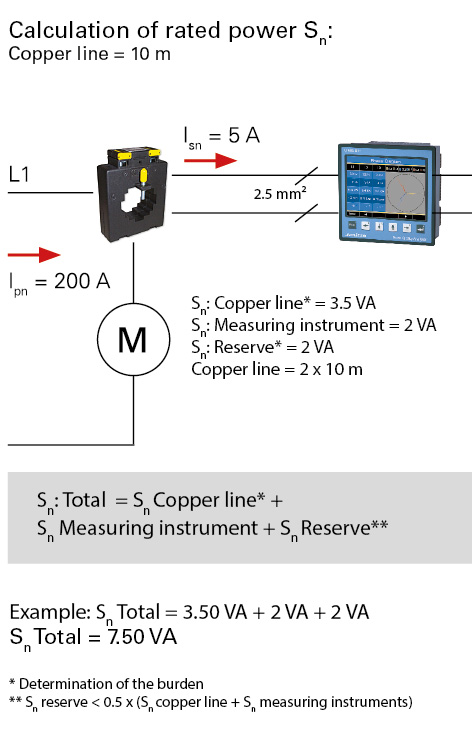
Fig.: Calculation of the rated power Sn (Copper line 10 m)

